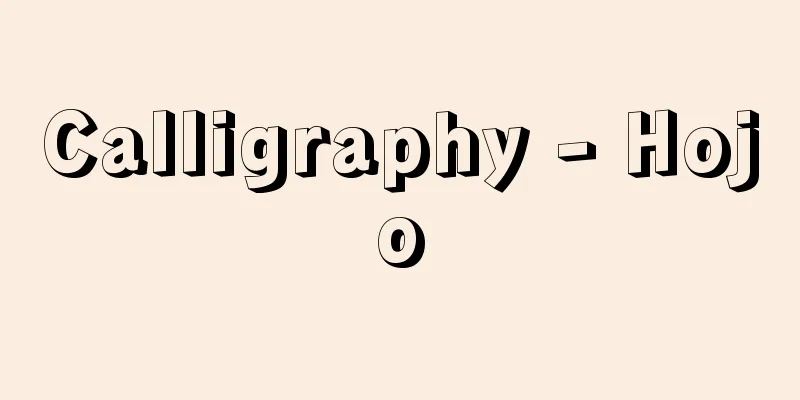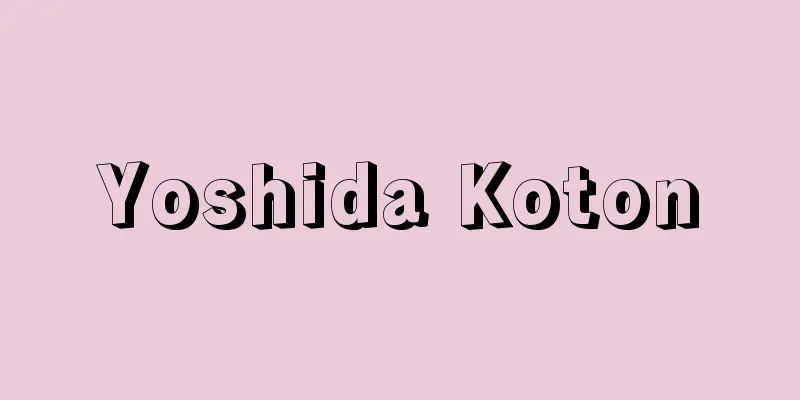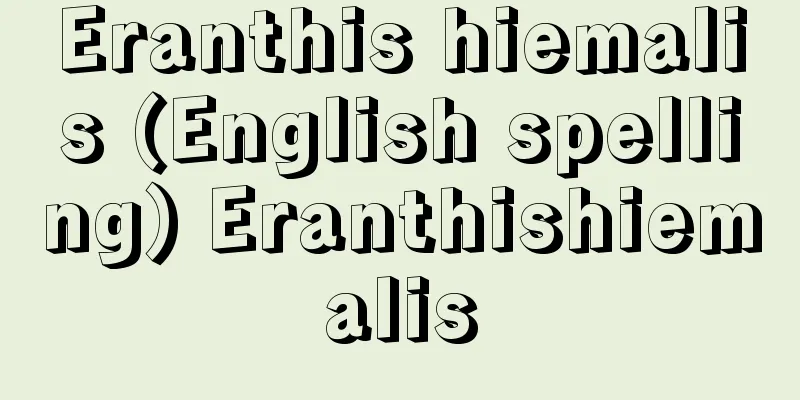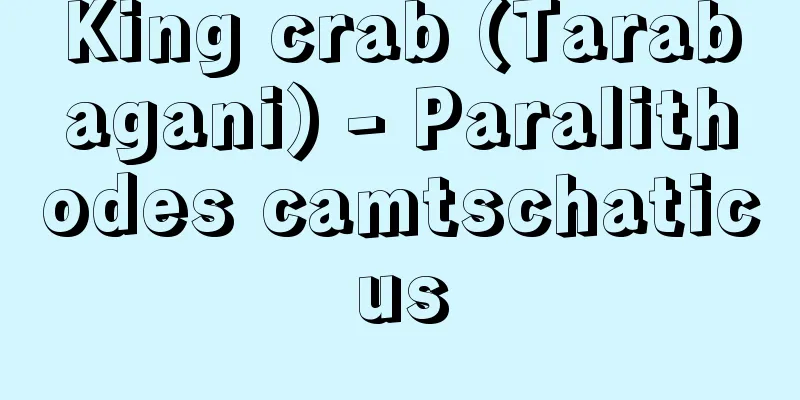Kindergarten Outline - Kindergarten Outline

|
This is a moral education book for children compiled by the Imperial decree of 1882 (Meiji 15) Motoda Toya (Nagazane). In 1878, Emperor Meiji inspected Tozan, Hokuriku, and Tokai, and based on this he had Motoda draft a proposal for improving educational policy ("Emperor's Order on Education," 1879). However, the view on education that clarified the teachings of the founders and established the state religion based on Confucian morality such as benevolence, righteousness, loyalty, and filial piety was opposed by Ito Hirobumi and others, and the concrete implementation of this was mainly carried out by the Imperial Household Ministry. In August 1879, Motoda was ordered to compile a book to inform young children of the essentials of education, and Motoda and his team completed the manuscript in the summer of 1881, and it was published by the Imperial Household Ministry in December 1882 as "Outline of Education." This work consists of three volumes, upper, middle and lower, and seven volumes, and establishes 20 virtues such as filial piety, loyalty, harmony, friendship and faith, explaining their meaning through scriptures, quoting historical examples from Japan and China, and adding illustrations to illustrate them. When it was distributed, it was accompanied by an imperial edict stating, "Let us know that here lies the essence of clear morality and virtue." It is considered to have been a precursor to the later issuance of the "Imperial Rescript on Education." [Ozaki Mugen] [Reference] |Source: Shogakukan Encyclopedia Nipponica About Encyclopedia Nipponica Information | Legend |
|
1882年(明治15)勅命により侍講(じこう)元田東野(もとだとうや)(永孚(ながざね))が編集した児童用修身書。明治天皇は1878年東山(とうざん)、北陸、東海を巡察、これに基づいて教育方針改善意見を元田に起草させた(「教学聖旨」。1879)。しかし、祖訓を明徴にし、仁義忠孝という儒教道徳によって国教を樹立するという教学観は、伊藤博文(ひろぶみ)らの反対を受け、その具体化は宮内省を中心に行われた。すなわち、79年8月、元田に幼少児童へ教学の要を知らせる書を編集すべきことが下命され、元田らはこれを受けて81年夏脱稿、82年12月宮内省より『幼学綱要』として刊行された。本書は上中下三冊七巻からなり、孝行、忠節、和順、友愛、信義など20の徳目をたて、経書によってその意義を説明し、和漢の歴史事例を引用しつつ、絵画によって解説を加えた。頒布にあたってはとくに、「明倫修徳ノ要茲(ここ)ニ在(あ)ル事ヲ知ラシム」との勅諭が添えられた。後年の「教育勅語」発布の先駆的な位置にあるものと評価されている。 [尾崎ムゲン] [参照項目] |出典 小学館 日本大百科全書(ニッポニカ)日本大百科全書(ニッポニカ)について 情報 | 凡例 |
Recommend
Daiichi Kangyo Bank [Stock] - Daiichi Kangyo Bank
It was established in 1971 by the merger of Daiich...
NPL Angle Gauge - NPL Angle Gauge
… [Masaji Sawabe]. … *Some of the terminology tha...
Blakey, A.
… [The Maturity of Modern Jazz] In the late 1950s...
Guardianship - Guardianship
〘noun〙[一] (a phonetic reading of " guardian&q...
Golfe de Fos
A bay on the Mediterranean coast in southern Franc...
Potatoes
...It is a clay mineral named by Yoshinaga Nagano...
Noriko - Kikō
〘Noun〙① ('Ki' means small guidelines and &...
Inverse function
Also called an inverse mapping. When a function f ...
Mount Kannabi
(written as "Kamunabiyama") [1] [noun] A...
Hino Arinori
1302‐63 (Kengen 1‐Shohei 18/Sadaharu 2) An aristoc...
Onagigawa Cotton Fabric Company
...This created a demand for cotton yarn, creatin...
Horaikyoku - Horaikyoku
Kitamura Tokoku's second collection of poems. ...
Kyoshi Comma - Kyoshi Comma
…The 60 tunes are based on the five elements and ...
Anostomus anostomus (English spelling) Anostomusanostomus
...It prefers live bait and is easy to breed. (7)...
Song Ben Hai (English spelling)
A river in central Vietnam. It originates in the A...

![Kisuki [town] - Kisuki](/upload/images/67cb51e304cc8.webp)







